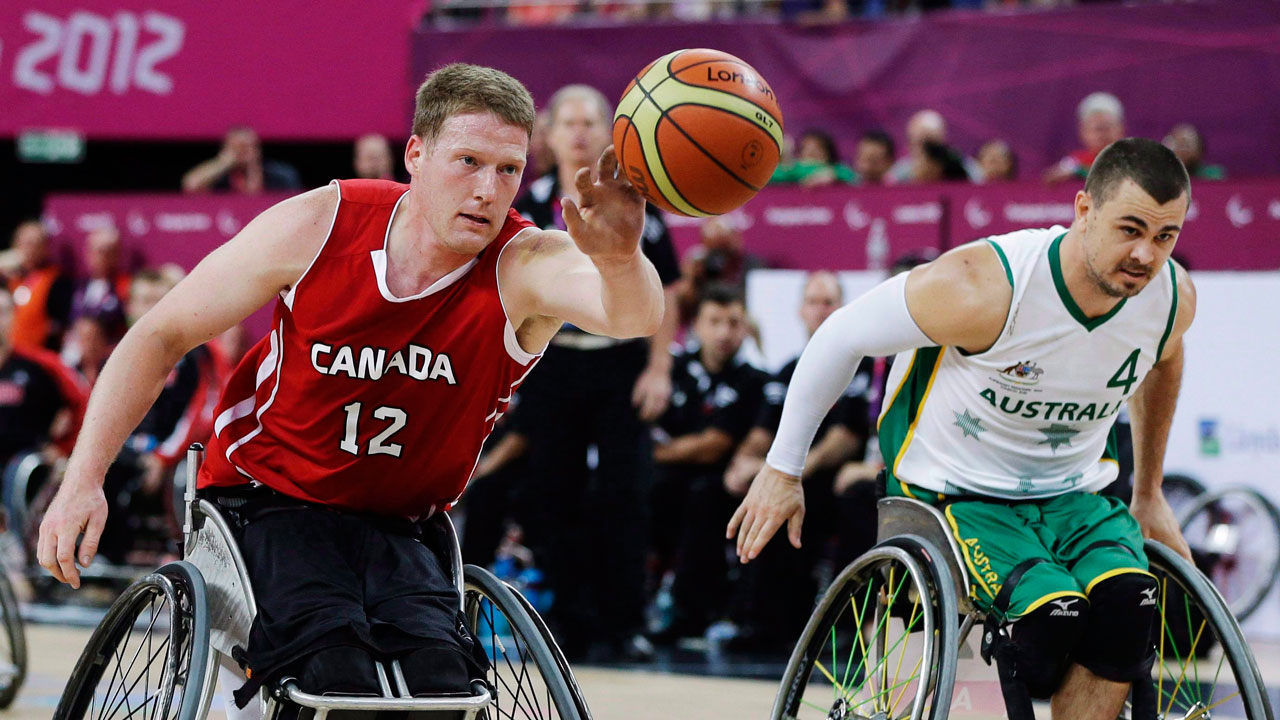Female athletes across the globe have long talked about feeling sexualized by both the media and sports fans, often because of the tight, revealing clothing that is typically required of them.
So it was a small but significant victory for the Norway women’s beach handball team this week when in an act of defiance, they chose to wear shorts instead of the standard bikini bottoms. According to International Handball Federation rules, women’s bottoms must have “a close fit” and be “cut on an upward angle toward the top of the leg.” As well, the side width of these bottoms must not exceed 10 cm. The team was ultimately fined 150 Euros each by the European Handball Federation for the gesture.
“We are … very proud about making a statement in the bronze final by playing in shorts instead of required bikini bottoms!” they said in a statement released through their official Instagram account. “We really hope this will result in a change of this nonsense rule!”
And “nonsense” is right — there is a blatant double standard in terms of what clothing women are expected to wear in the sport. The men’s uniform consists of a tank top and shorts that can be far longer and baggy, so long as they “remain 10 centimetres above the kneecap.”
I knew there was a double standard for uniforms worn by male and female athletes… but this picture of Norway's beach handball team says a lot. https://t.co/qdZBKU7pTK pic.twitter.com/KoWdOvecmr
— Dr. Ji Son (@cogscimom) July 20, 2021
But this issue is neither new, nor unique to beach handball. Games like tennis, volleyball, track and gymnastics all see women more scantily clad than their male counterparts. And in that sense, there’s a much larger conversation to be had about the ways that women in sports are forced to conform to bizarre rules around their own bodies, often with little known logic behind the conventions.
Earlier this year, German gymnast Sarah Voss also took on this issue by opting for a full-length bodysuit as opposed to the standard leotard.
“For us, it was important above all to reach young athletes because it’s often said that a couple of athletes right now do not want to continue in the sport during puberty due to the dress code,” Voss said in a statement.
So how did these rules come into effect in the first place, and what’s the reasoning behind them? The argument has been made that skimpier outfits make for greater range of mobility, as well as allowing for athletes to stay cool during outdoor sports in high temperatures. And the obvious question here is: Do men not get hot, or need to move around freely?
The answer becomes clear when you consider that women’s sports have long existed as a not-yet-fully-accepted subset of what has historically been seen as a man’s field. And when it comes to appearance, female athletes are either masculinized and ridiculed, or propped up as eye candy for male viewers. Take the 2004 statement from former FIFA president Sepp Blatter, who suggested that women in soccer wear tighter shorts to “create a more female aesthetic” and increase the popularity of the game.
And with all sports being filtered through the male gaze in this way, it’s no surprise that sexist and retrograde rules continue to pervade them, compromising women’s ability to compete in a healthy and fair environment.
Bravo Norwegian Women's Beach Handball team for standing up to the rules regarding the hypersexualized uniforms female players are expected to wear while playing. There is no excuse for forcing women to wear tiny bikinis while men can wear shorts. Enough is enough! pic.twitter.com/3j0guEbe8U
— JaneDoeMD (@Caerage) July 21, 2021
After decades of fighting to be taken seriously in the sports world, the impacts of this hyper-sexualization and commodification of women’s bodies can be seriously damaging. A 2017 survey by BT Sport found that 80 per cent of elite female athletes in the United Kingdom felt pressure to conform to a certain look and body type, with 87 per cent of respondents saying the pressure to present a certain type of body image had influenced their diet.
More recently in 2020, 77 per cent of female athletes who responded to the BBC’s Elite British Sportswomen’s Survey said that they were indeed conscious of their body image. (It’s worth noting here that in Olympic beach volleyball, the rules were changed in 2012 to allow women to choose their own outfits — but with such a long history, and the societal expectations placed on women athletes to present themselves in their most hyper-feminized form, how much of a choice is that?)
And with so many calls for change from athletes and feminist groups over the years, it’s hard to imagine why regulatory bodies are so resistant to changing these rules. For its part, a spokeswoman for the International Handball Federation, Jessica Rockstroh, said this week that she did not know the reasoning behind the uniform rules, and that they would be “looking into it internally.”
Hopefully, the actions of the Norwegian team and the support they’ve garnered through social media are signs of progress on this front, and a move toward creating a safer environment for women athletes on the whole. The sooner these rules disappear, the sooner female athletes can compete in an atmosphere where they feel both valued and secure — something that their male peers have long been afforded.
[relatedlinks]





